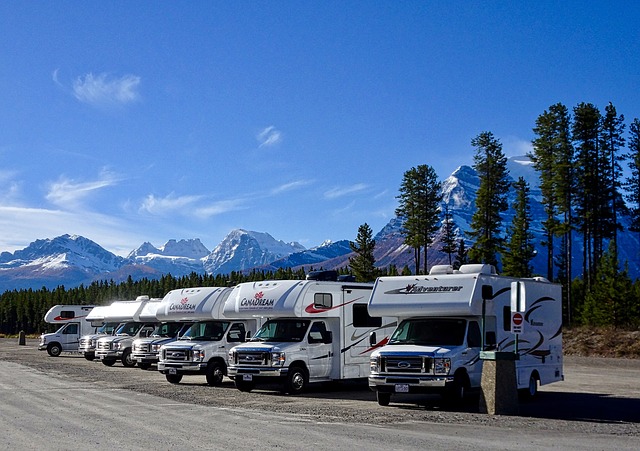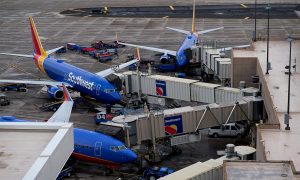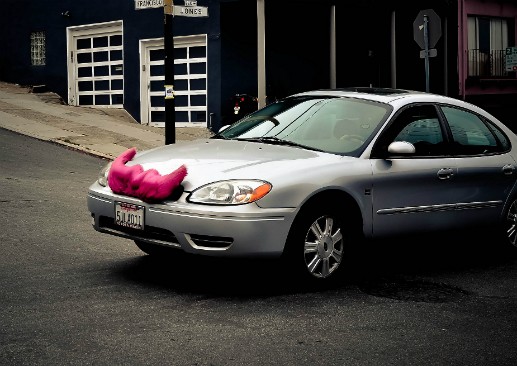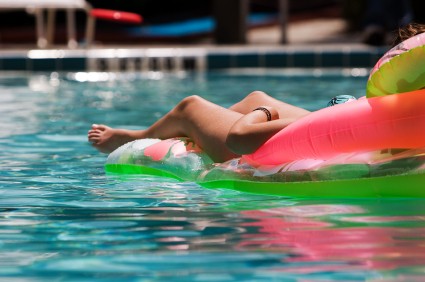While the pandemic has been devastating for most sectors of the economy, businesses that work with recreational vehicles saw rapid growth in 2020. While many businesses in the tourism sector aren’t conducive to the public health measures required to contain COVID-19, RVing allows consumers to escape their crowded urban environments into the nation’s vast national parks and outdoor recreation areas.
There are a few trends to keep in mind when reporting on the RV’s role in post-pandemic tourism.
Socially Distanced Vacations
For the past few decades, RVs were the province of wealthy families and nomadic retirees who followed the weather south for the winter. But for much of 2020, and likely for the next several years, international travel will remain difficult for many people. RVs both expand domestic travel opportunities and help travellers remain socially distant.
The RV Industry Association reported a 40% increase in year-over-year RV sales in between January 2020 and January 2021 — mostly in towable travel trailers. There was a nearly 98% increase in Class B motorhome (conversion van) sales, too.
The association also found that more than 61 million Americans plan to go RVing sometime this year – up from 46 million in May of 2020.
You can easily localize this story: most towns have an RV dealer, and chances are they’re having a hard time keeping any of their vehicles on the lot for long. Or, if you live near a major tourist attraction, investigate any potential increases in RV traffic or crowding at RV campsites.
Commodifying #VanLife
What started out as a nomadic lifestyle for solitary introverts is now a major trend: #vanlife has more than 9.3 million tagged posts on Instagram. Photos abound of crafty self-built camper vans in scenic locations; owners make decent money running blogs about the lifestyle. Vanlife influencers fund their nomadic lifestyles through promotional posts and digital work.
The business world is catching on, too. The owners of Tempe Arizona-based Boho Camper Vans appeared on ABC’s Shark Tank in early 2020. They left with the backing of shark Barbara Corcoran and a valuation of more than $1.5 million. As of March, 2021, they have a year-long waiting list for new builds, and a full rental calendar on their ever-growing fleet of rental vans.
It’s still an expensive lifestyle to attain: buyers can expect to pay between $70,000 and $100,000 for a camper van. The average Ram ProMaster or Ford Transit vans can run anywhere from $38,000 to well over $50,000, depending on options. And the Boho buildout – which makes your van Instagrammable – starts at about $35,000.
Democratizing RV Rental
Lots of people offset the cost of owning a vacation home by renting it out on platforms like AirBnb or VRBO when they’re not using it. Did you know that a platform like this exists for RV owners, too?
Outdoorsy – essentially an AirBnB for RVs – saw a nearly 4,500% increase in bookings during 2020. This democratizes RV life: some people might be more inclined to buy an RV knowing they can make the payments by renting it out; others might have the opportunity to rent something they might not have been able to afford with a traditional rental service.
Some entrepreneurs see this as the future of tourism and are buying up small fleets of RVs to rent out in the marketplace. A savvy business reporter could easily identify one of these entrepreneurs in their area simply by checking listings: much like an AirBnb Superhost, owners on Outdoorsy list the vehicles they own on their profile pages.
This is surely cutting into the business of traditional RV rental companies like CruiseAmerica. What are they having to do to adapt – or is the larger surge of interest in RV rental lifting their boat too?











